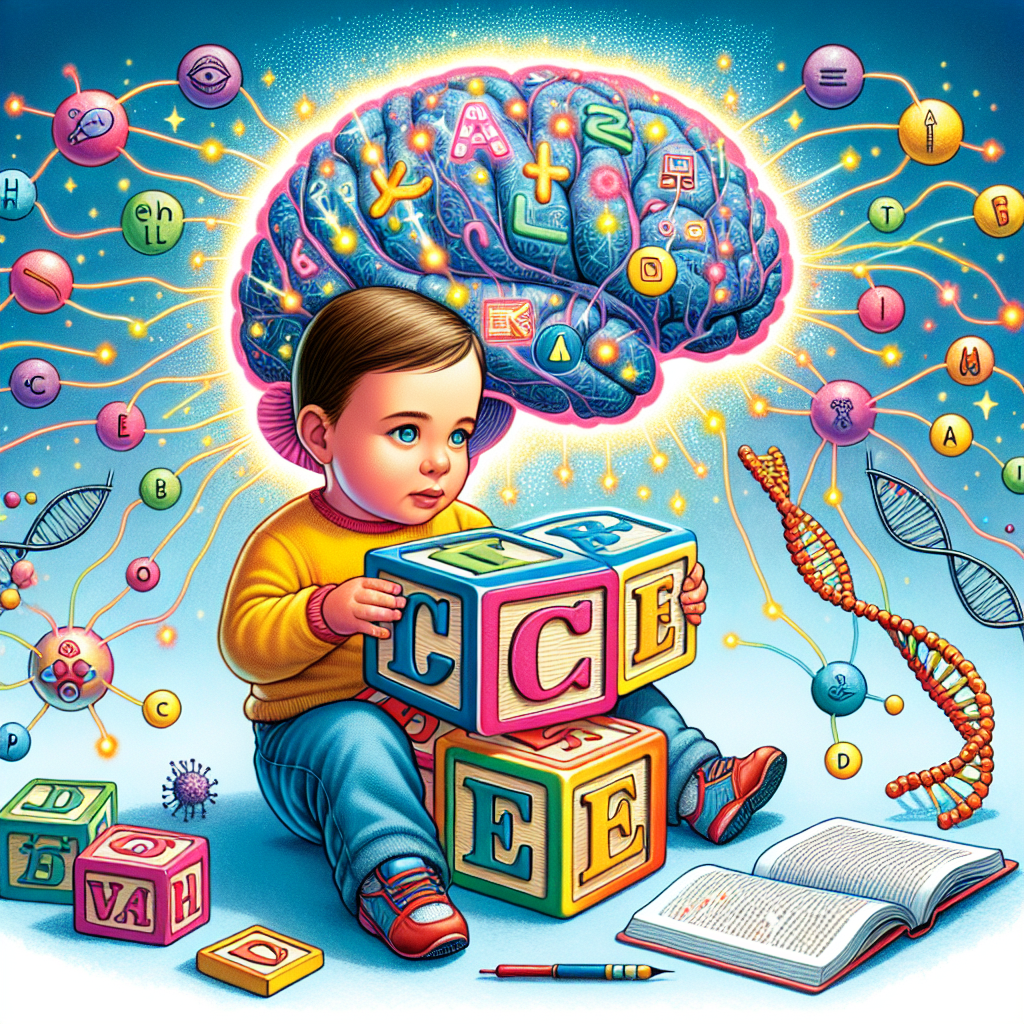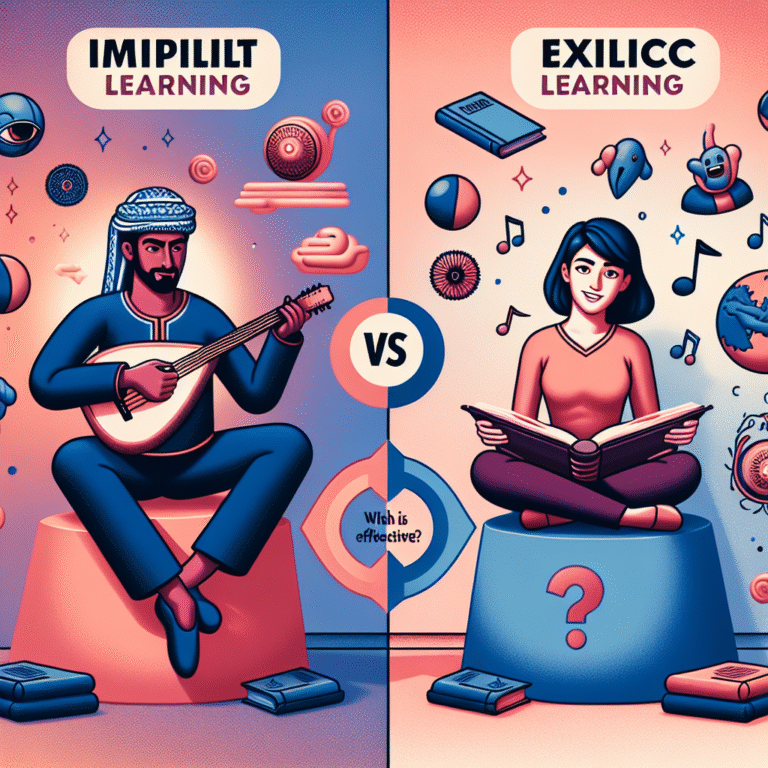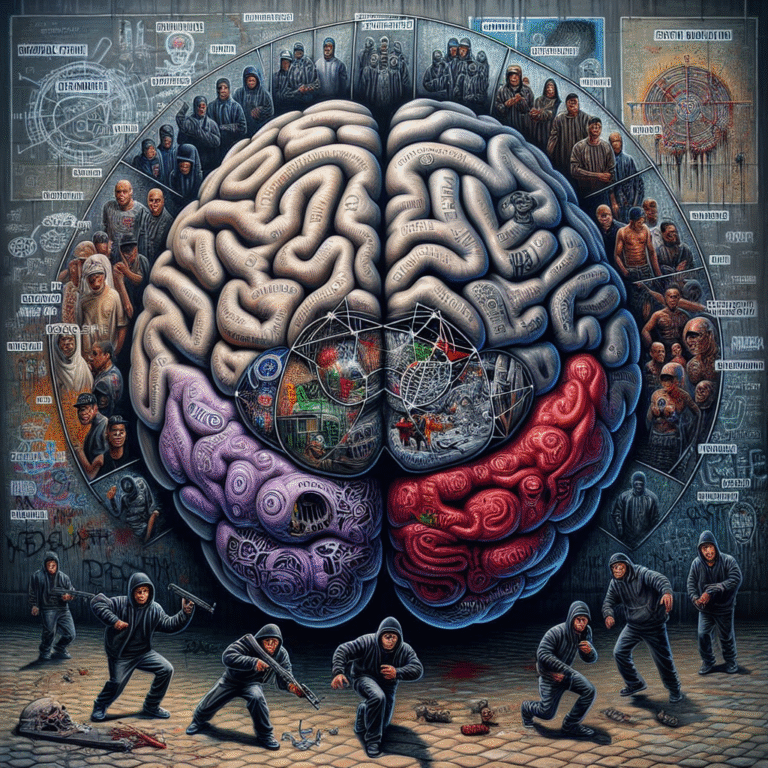
Introduction
Imagine a world where every spoken word is a building block, each sentence a foundation upon which a child constructs understanding and connection. The journey of language acquisition is not just a process; it’s a miraculous dance of social interaction, cognitive development, and environmental influence. This deep dive into the science behind language acquisition: understanding development in early childhood seeks to unravel the complexities of how our youngest learners grasp one of humanity’s most defining traits—language. As educators, parents, and caregivers, understanding this process is essential for nurturing effective communicators who can thrive in an increasingly interconnected world.
The Foundations of Language Acquisition
Theories of Language Development
Language development in early childhood is not merely about learning vocabulary; it encompasses a wide array of theories that shed light on the mechanisms behind language acquisition:
-
Nativist Perspective: Proposed by Noam Chomsky, this theory posits that humans are born with an innate ability to acquire language. Chomsky introduced the concept of a "universal grammar"—the idea that all human languages share an underlying structure.
-
Behaviorist Perspective: B.F. Skinner argued that language is learned through imitation and reinforcement. Parents and caregivers model language, and children learn through repetition and positive feedback.
- Social Interactionist Perspective: Vygotsky’s work emphasizes the role of social interaction in language development. Children learn language within a social context, using it as a tool to communicate and connect.
The Stages of Language Acquisition
Understanding the stages of language acquisition is essential for parents and educators. Children typically progress through the following stages:
-
Pre-linguistic Stage (0-12 months): Children communicate through gestures and sounds. They begin to understand the rhythm of conversation even before they can speak.
-
Single Words Stage (12-18 months): First words emerge, often nouns. These words are typically used referentially, meaning children use them to identify objects or people.
-
Two-word Stage (18-24 months): Simple sentence structures begin to form, such as "want cookie" or "go car," showcasing an understanding of syntax.
-
Telegraphic Speech Stage (24-30 months): Children’s speech becomes more complex, resembling telegrams—essentially, they convey essential information with minimal wording.
- Complex Sentences Stage (30+ months): Sentence structures grow increasingly sophisticated, and children start to use grammar rules.
Case Study: The Impact of Social Interaction
Consider the case of a young boy, Sam, raised in a bilingual household. Studies show that Sam exhibited heightened cognitive flexibility and verbal skills compared to monolingual peers. His exposure to multiple languages in a rich social context illustrates the science behind language acquisition and reinforces the social interactionist perspective.
| Age (Months) | Vocabulary Size | Sentence Complexity |
|---|---|---|
| 12 | 10 | Single words |
| 24 | 100+ | Two-word phrases |
| 36 | 300+ | Simple sentences |
The Role of Environment
A child’s environment plays a crucial role in language development. Research indicates that children who are read to frequently have larger vocabularies and better grammar by the age of five. The science behind language acquisition emphasizes that interactive reading—not just passive listening—stimulates cognitive growth and linguistic skills.
The Brain and Language
Neurodevelopment and Language Skills
Recent neuroscience research highlights the robust connections between brain development and language acquisition. The left hemisphere of the brain, particularly areas like Broca’s and Wernicke’s areas, is critical for language processing.
Table: Key Areas of the Brain and Their Functions in Language
| Brain Area | Function |
|---|---|
| Broca’s Area | Speech production |
| Wernicke’s Area | Language comprehension |
| Angular Gyrus | Integrating sensory input |
Children’s brains are particularly plastic during the early years, making this an optimal time for language acquisition. Experiences during this period can significantly influence linguistic capabilities.
Case Study: The Effect of Early Intervention
A striking example comes from a study focused on children diagnosed with speech delays. Those who participated in targeted language interventions showed marked improvements in vocabulary and sentence structure over the course of a year. This aligns with the science behind language acquisition, demonstrating that early intervention can effectively shape a child’s linguistic path.
The Cultural Context of Language
Language Variation and Development
Language is not a monolithic construct; it varies across cultures. Understanding the cultural underpinnings of language is vital for early childhood educators and parents. Regional dialects, social contexts, and familial language practices all shape how children acquire language.
For instance, in certain cultures where communal living is the norm, children may develop language skills in communal settings, learning from a larger pool of language models. This communal aspect exemplifies the science behind language acquisition as it shows that the environment influences not just vocabulary but also the pragmatic use of language.
Case Study: Language in Multicultural Households
Research based on multilingual upbringing shows that children who navigate multiple language systems develop superior cognitive skills, such as problem-solving and multitasking. A family in Canada, for instance, exposed their child to three languages, leading to advanced linguistic skills and enhanced cognitive flexibility. This case illustrates the profound impact of cultural context in early language development.
Practical Strategies for Supporting Language Acquisition
Engaging in Meaningful Conversations
To nurture language development, engage children in rich dialogues. Use open-ended questions and encourage them to express their thoughts, deepening their understanding of language structures.
Reading Aloud
Reading to children regularly boosts vocabulary and promotes a love for language. Choose a variety of genres and styles to expose them to different linguistic patterns.
Storytelling
Encourage children to create their own stories. This not only enhances their linguistic abilities but also fosters creativity and a sense of narrative structure.
Interactive Play
Play is an essential component of language development. Role-playing and interactive games can provide context for language use, fostering both vocabulary growth and social skills.
Using Technology Wisely
While screen time should be limited, educational apps and programs can be beneficial when used appropriately. Tools that promote interactive language use can support vocabulary and comprehension.
Conclusion
The journey of language acquisition during early childhood is a complex interplay of biological, cognitive, and environmental factors. Understanding the science behind language acquisition: understanding development in early childhood allows us to tailor our approaches as educators and caregivers, ensuring children receive the support they need to become effective communicators.
As we foster an environment rich in language opportunities—through engagement, reading, and social interaction—we empower children to explore and master the world of language. Encourage creativity in expression and facilitate conversations that matter. Our collective task is to inspire the next generation of thinkers, dreamers, and communicators.
FAQs
1. What is the best age to start teaching a child a second language?
The optimal time to introduce a second language is during the early childhood years, ideally before age five, when the brain is most receptive to language learning.
2. How can I support my child’s language development at home?
Reading aloud, engaging in meaningful conversations, and encouraging storytelling are all effective strategies for supporting language development at home.
3. Are there specific activities that enhance vocabulary development?
Activities such as interactive reading, role-playing, and educational games can significantly enhance vocabulary development.
4. What role does social interaction play in language acquisition?
Social interaction is fundamental in language acquisition. Children learn language by engaging with others, which helps them understand context, emotion, and pragmatics.
5. How can I identify if my child has a speech delay?
If your child’s language skills are significantly behind peers (e.g., not using two-word phrases by age two), it’s helpful to consult a speech-language therapist for an evaluation.
This extensive exploration of the science behind language acquisition: understanding development in early childhood not only highlights key theories and case studies but also equips readers with practical tools. Inspiring a profound understanding of how children learn language is not just an academic exercise; it has real-world implications for fostering better communicators and learners for the future.
















